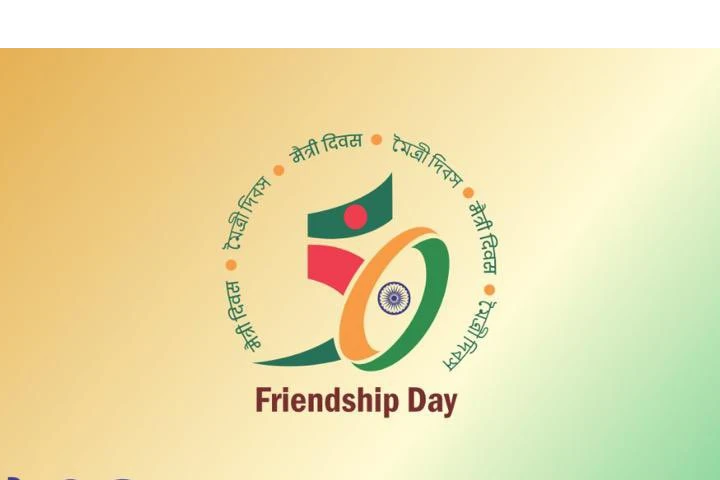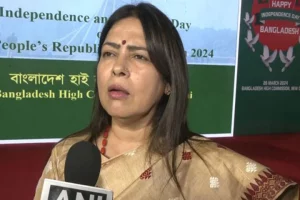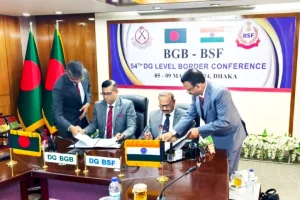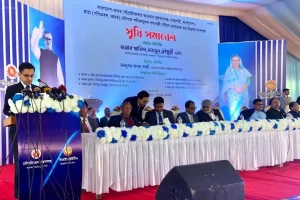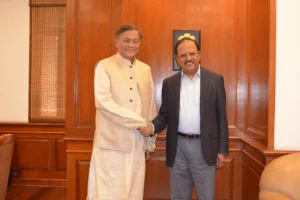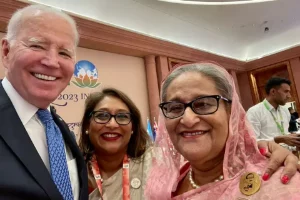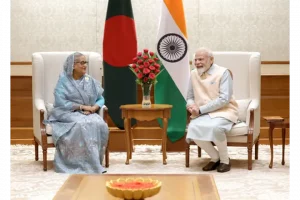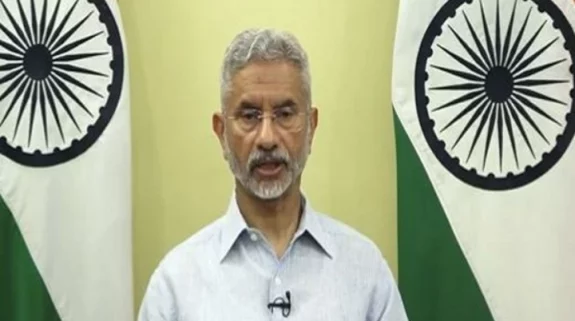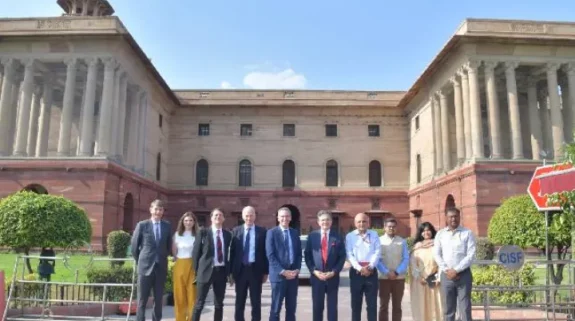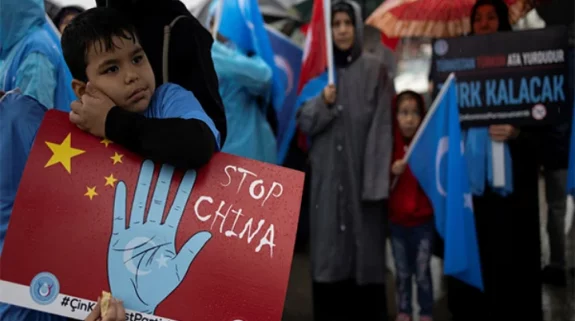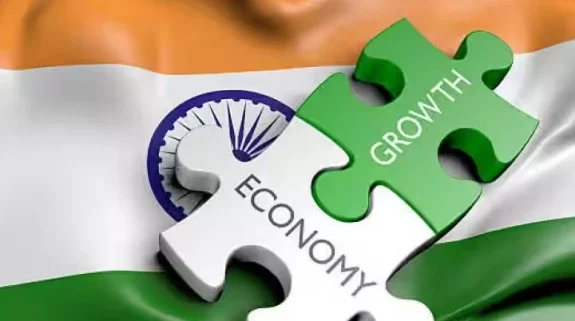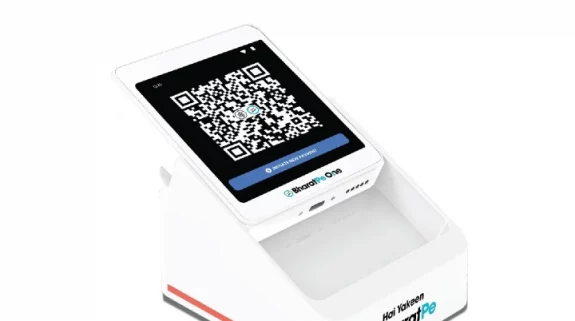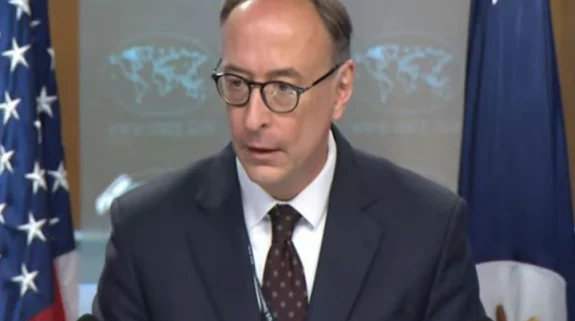The key to building a stronger bond between India and Bangladesh lies in the smaller, local issues related to the common people living on both sides of the border. Amid heightened media coverage on the outcomes of India’s Foreign Secretary Harsh Vardhan Shringla’s visit to Dhaka just after New Delhi and Dhaka celebrated Maitri Diwas on December 6, what needs focus to build a stronger bond between the two neighbours, analysts said. India and Bangladesh share a 4,096-km long border—the fifth longest in the world. The two also share 54 rivers and the Bay of Bengal. Several states including Assam, Meghalaya, Tripura, and Mizoram in the north eastern region besides West Bengal share their borders with the South Asian nation.
“The focus between the two countries typically has always been on big issues, but there is a need to prioritise local issues which may not hit headlines but impact the daily lives of the people living in the border areas. These small initiatives can have a far reaching impact in building a stable relationship between India and Bangladesh,” Nazneen Ahmed, country economist of UNDP Bangladesh told India Narrative earlier.
Foreign policy observers said that the micro issues of the local people on both sides of the border need to be prioritized.
Consider this: The micro markets known as border haats have been a binding force for the citizens of both countries who live on the border. The closure of borders along India and Bangladesh earlier during this year due to the Covid 19 pandemic led to income loss for hundreds of villagers living in the region.
“People of both sides living on the border share the same lifestyle and cultural habits. The Impediments and hurdles are also the same for people of both sides,” Ashish Nath, Professor, Department of Economics, Tripura University added
Nath pointed out that while trade in these areas takes place through land route, Tripura has eight land custom stations (LCS). While of the eight one is an integrated check post (ICP), two of these points are not functioning.
“This dents movement of goods and in turn impacts the livelihood of the people,” Nath said.
The bottomline– Connectivity needs to be enhanced. This can be done best through people to people contact and local micro trade.
Also read: On Maitri Diwas Modi and Hasina flag next steps to bond India and Bangladesh
The border haats can serve as an efficient platform to boost connectivity while establishing the much needed people to people contact. A CUTS International report even said that there have been instances where relatives have met at border haats and these reunions do not require visas and passports.
“Once connectivity is expanded new business opportunities will be created and this will address the existing misgivings, Ahmed said earlier.






